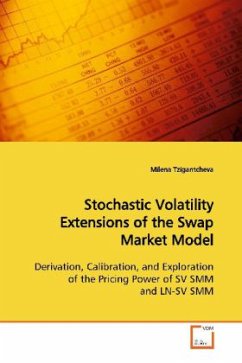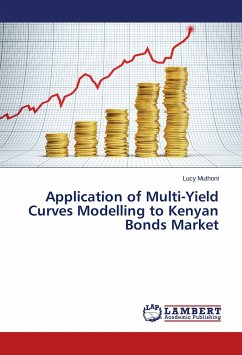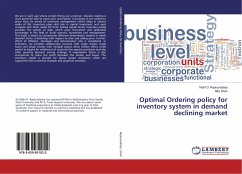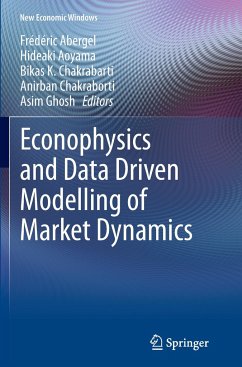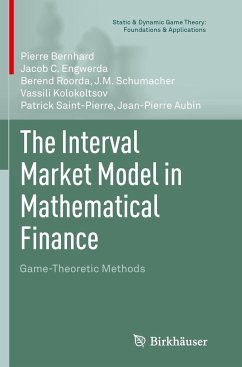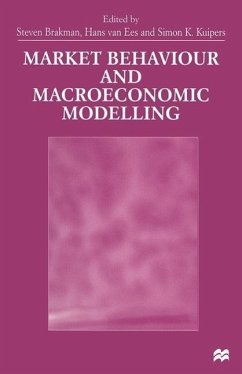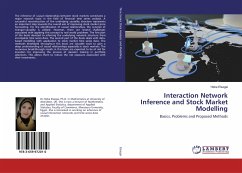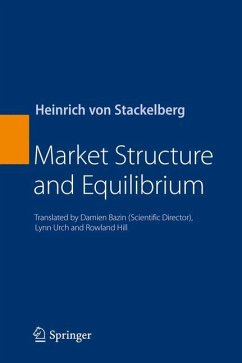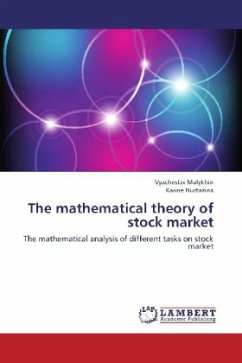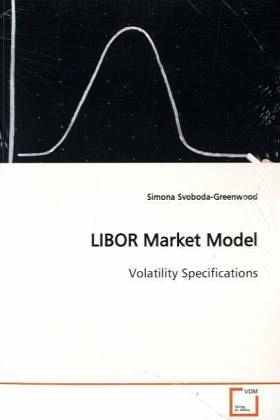
LIBOR Market Model
Volatility Specifications
Versandkostenfrei!
Versandfertig in 6-10 Tagen
44,99 €
inkl. MwSt.

PAYBACK Punkte
22 °P sammeln!
The LMM is an effective framework for the pricing of interest rate derivatives, not least because it models observable market quantities.There exist three main techniques for incorporating a volatility smile/skew in any modelling framework: allowing a local volatility function, stochastic volatility and jump dynamics. Here various ways to incorporate smile/skew are studied, loosely based on the above three approaches.Both the CEV and displaced-diffusion processes give rise to an implied volatility skew. The two processes produce closely matching prices for European call options over a variety ...
The LMM is an effective framework for the pricing of
interest rate derivatives, not least because it
models observable market quantities.
There exist three main techniques for incorporating
a volatility smile/skew in any modelling framework:
allowing a local volatility function, stochastic
volatility and jump dynamics. Here various ways to
incorporate smile/skew are studied, loosely based on
the above three approaches.
Both the CEV and displaced-diffusion processes give
rise to an implied volatility skew. The two
processes produce closely matching prices for
European call options over a variety of strikes and
maturities. Here, this similarity in prices is
analytically quantified using asymptotic expansion
techniques.
A regime shifting model may be viewed as a reduced
form of a full stochastic volatility model. A two
state, continuous time Markov Chain model,
characterised by a time dependent volatility in each
state is implemented.
Finally, the Levy LIBOR model is considered as a
generalisation of jump processes.
interest rate derivatives, not least because it
models observable market quantities.
There exist three main techniques for incorporating
a volatility smile/skew in any modelling framework:
allowing a local volatility function, stochastic
volatility and jump dynamics. Here various ways to
incorporate smile/skew are studied, loosely based on
the above three approaches.
Both the CEV and displaced-diffusion processes give
rise to an implied volatility skew. The two
processes produce closely matching prices for
European call options over a variety of strikes and
maturities. Here, this similarity in prices is
analytically quantified using asymptotic expansion
techniques.
A regime shifting model may be viewed as a reduced
form of a full stochastic volatility model. A two
state, continuous time Markov Chain model,
characterised by a time dependent volatility in each
state is implemented.
Finally, the Levy LIBOR model is considered as a
generalisation of jump processes.



